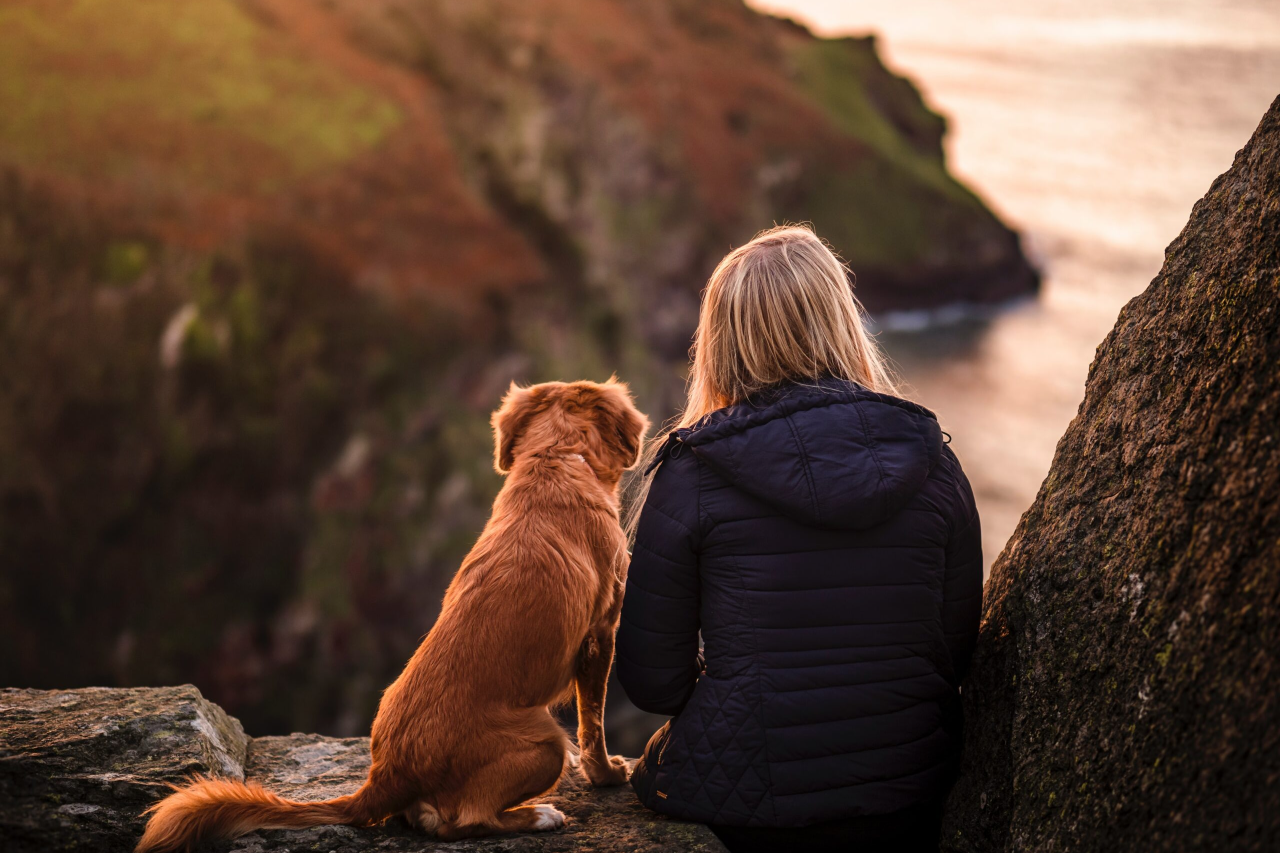
The Historical Role of Women In The Domestication of Dogs
It might be common to hear the phrase "man's best friend" when referencing dogs, but is this saying historically accurate?
Recent studies across a variety of historical cultures hint that women played a vital role in the domestication of the modern dog that has been previously overlooked.
Dogs are considered to be the original companion animal for human society as well as the most widespread companion in modern times, and recent cross-cultural analyses seem to find that this wouldn't be possible without the vital relationship between dogs and women.
A Brief History of The Domestication of Dogs
Dogs are known to be the first species to have a domestic relationship with humans and this relationship dates back thousands of years. The exact lineage of domesticated dogs has been discussed and reviewed for many years. Initially, many researchers believed that modern dogs shared the same lineage as the modern North American Gray Wolf, but most researchers will now agree that this theory has been disproven. It seems that the specific wolf population that the modern dog is derived of is actually extinct in modern times.
This ancient population of wolves seemed to go through a genetic divergence anywhere from 20,000 to 40,000 years ago which lead to the domestication of modern dogs. The exact location of the origin of domestication is still unproven but most scholars will agree that it was likely within the Eurasia region of the world. It wasn't until just last year that a more recent study came to the conclusion that dogs were domesticated in Siberia roughly 23,000 years ago. The dogs then followed humans across the Bering Land Bridge into North America and westward into Europe as human populations spread across the earth.
The bond between dogs and humans quickly began to evolve as both species benefited from hunting but also because of the compassion that many populations of humans showed when they took in injured or abandoned pets. Over the past twenty thousand years, the characteristics and roles of domesticated dogs have changed but their importance to human society has been a constant throughout the years.
The Role of Women In The Domestication of Dogs
The early domestication of dogs is often attributed to hunter-gatherer societies where men would typically hunt for food while the women gather nearby food and tended to the children and homestead. It was likely during this time that women began to form close relationships with the dogs that cohabitated the camp.
During this time period, it was common for the men to use dogs to help aid in hunting. But the puppies or small dogs that were unable to contribute would typically stay back with the women and children. This time spent together helped to intensify the bond between humans and dogs. It's thought that these close bonds between women and dogs helped to establish the domestication of dogs that we are familiar with today.
Dogs were known to form a "work like" relationship with the men during this time period while hunting because they both would be rewarded from a successful hunt. But this bond intensified when women cared for, interacted with, played with, and nurtured the dogs that weren't hunting. This maternal role of women was vital to the domestication process and is still evident in how we care for dogs today. The hunter may receive much of the recognition for helping to domesticate dogs but recent studies show that it may have actually been the peaceful gatherer who established this immortal bond with canines.
The role of women in the domestication of dogs is often understated, but without their close relationships with these animals, it's unlikely that they would have been domesticated. While men were out hunting, women were able to form bonds with these animals that increased the strength of the domestication process. Dogs would often accompany women while they were gathering plants and food, and women would also use dogs to help with tasks such as guarding the camp or even to help protect crops from rodents.
While the role of women in the domestication of dogs is often overlooked, it is clear that they have played a significant role in shaping the modern-day dog. From their early days as loyal companions and protectors to their current roles as service animals and emotional support creatures, dogs have been by our side for thousands of years and much of this is because of women.
We hope you take some time this month to acknowledge, educate yourself, and express gratitude towards the women from around the world who have had a positive impact on history, society, culture, and the world as we know it.


































